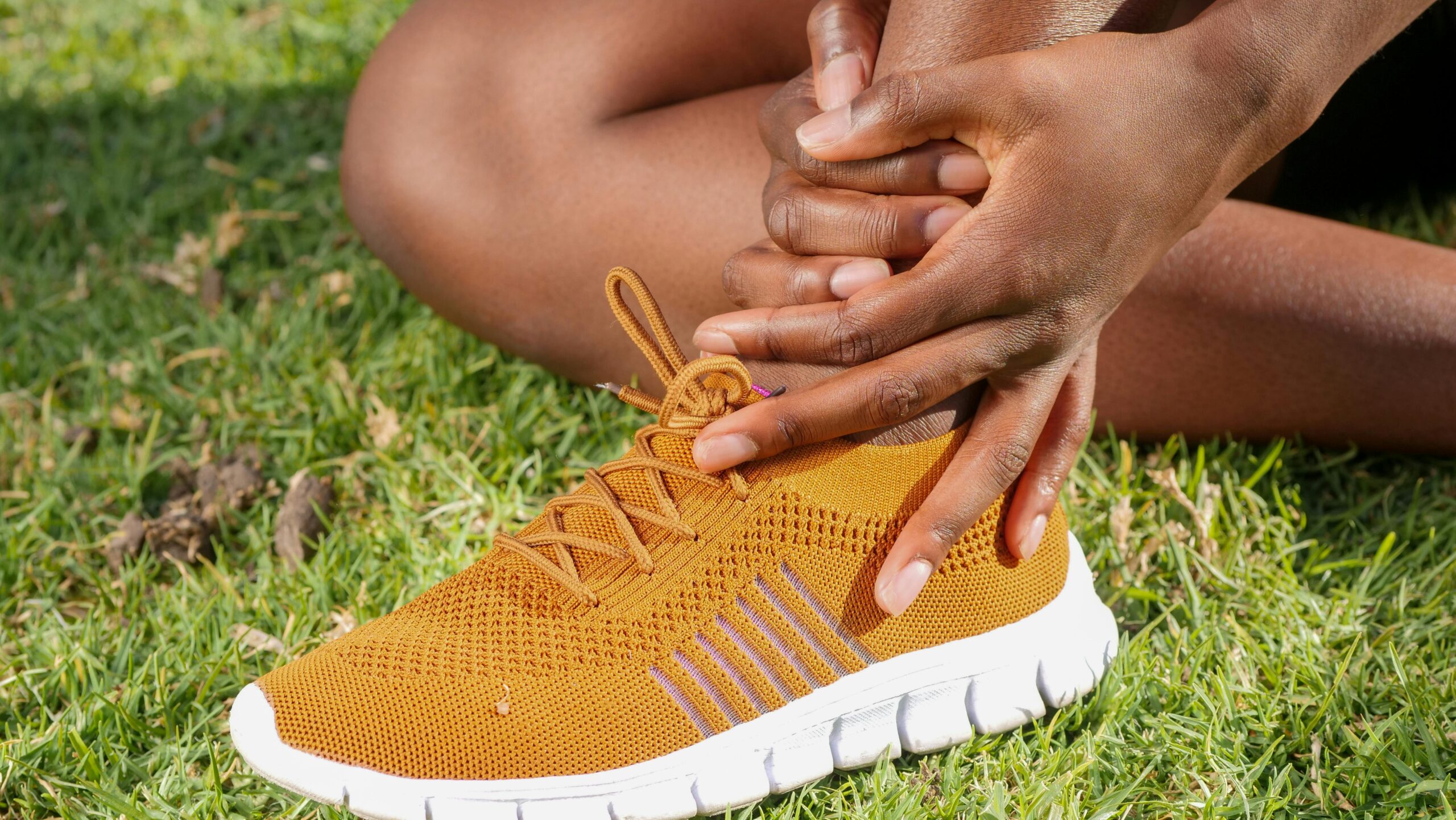
Quick Facts About Sports Injuries
The National Institute of Health defines sports injuries as those that occur when engaging in sports or other rigorous physical activity.
Some injuries can result from accidents, and others can result from poor training practices or improper gear. Some people get injured when they are not in proper condition. Not warming up or stretching enough before you play sports or exercise can also lead to injuries.
Some of the most common sports injuries are:
—sprains and strains
—knee injuries
—swollen muscles
—Achilles tendon injuries
—pain along the shin bone
—fractures
—dislocations
Many sports injuries can be prevented by following safe exercise habits like stretching and wearing the proper shoes. For a complete list of ways to help avoid sports injuries, visit NIH.gov.
The Difference Between Acute and Chronic Injuries
Acute injuries occur suddenly when playing or exercising. Sprained ankles, strained backs and fractured hands are acute injuries. Signs of an acute injury include:
—sudden, severe pain
—swelling
—inability to place weight on a leg, knee, ankle, or foot
—an arm, elbow, wrist, hand or finger that is very tender
—inability to move a joint normally
—extreme leg or arm weakness
—a bone or joint that is visibly out of place
Chronic injuries happen after you play a sport or exercise for a long time. Signs of a chronic injury include:
—pain when playing
—pain when you exercise
—a dull ache when resting
—swelling
If You Get Injured…
Never try to “work through” the pain. Stop playing or exercising when it hurts! It will only cause more harm. Some injuries should be looked at by a doctor right away, while others you can treat yourself.
—the injury causes severe pain, swelling or numbness
—you can’t put any weight on the area
—an old injury has begun hurting again
—an old injury is swelling
—the joint doesn’t feel normal or feels unstable
If you don’t have any of these signs, it may be safe to treat the injury at home. If the pain or other symptoms get worse, however, you should definitely call your doctor. Use the RICE (Rest, Ice, Compression, and Elevation) method to relieve pain, reduce swelling, and speed healing.
Follow these four steps right after the injury occurs and do so for at least 48 hours:
- Rest. Reduce your regular activities. If you’ve injured your foot, ankle, or knee, take weight off of it. A crutch can help. If your right foot or ankle is injured, use the crutch on the left side. If your left foot or ankle is injured, use the crutch on the right side.
- Ice. Put an ice pack to the injured area for 20 minutes, four to eight times a day. You can use a cold pack or ice bag. You can also use a plastic bag filled with crushed ice and wrapped in a towel. Take the ice off after 20 minutes to avoid cold injury.
- Compression. Put even pressure (compression) on the injured area to help reduce swelling. You can use an elastic wrap, special boot, air cast, or splint. Ask your doctor which one is best for your injury.
- Elevation. Put the injured area on a pillow, at a level above your heart, to help reduce swelling.
If the RICE method doesn’t work, and you’re still experiencing pain and/or swelling, make an appointment with your doctor.
The physicians at Orthopedic Performance Institute are experts at identifying and correcting all types of sports injuries. Their goal is to treat your injury using the most up-to-date and effective means available. You can count on OPI to get you “back in the game.”

 Previous Post
Previous Post Next Post
Next Post




